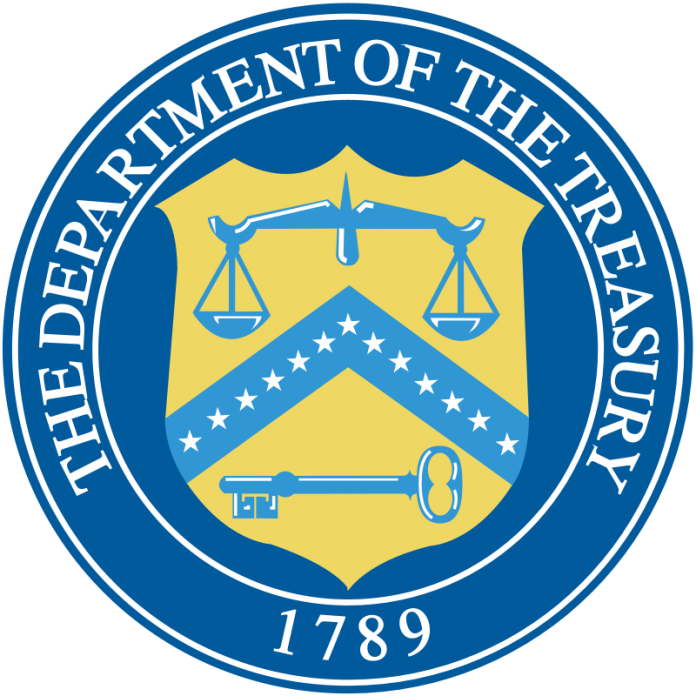(The Center Square) – A watchdog warned Congress on Monday that the federal government “faces an unsustainable long-term fiscal future” with debt expected to grow faster than the U.S. economy as President Joe Biden prepares to meet with legislative leaders to discuss the debt ceiling.
The Government Accountability Office report released Monday found that large annual budget deficits drive debt growth and growing interest costs eat up a larger share of total spending.
In fiscal year 2022, 92% of federal spending went to programs and 8% went to net interest costs. Without changes, interest costs would account for 26% of spending in fiscal year 2051 and 48% in fiscal year 2096, according to the GAO report.
At the end of fiscal year 2022, debt held by the public was about 97% of gross domestic product. That debt is projected to grow faster than the U.S. economy. Debt held by the public is projected to reach its historical high of 106% of GDP within a decade. The GAO projects that this ratio could reach more than twice the size of the economy by 2051 without changes in revenue and spending policies.
The International Monetary Fund listed the United States’ debt as a percentage of GDP at 106% in 2021. Countries with high debt-to-GDP figures in 2021 included Cyprus (142.82%), Italy (146.55%), Singapore (163.89%), Eritrea (176.25%), Sudan (181.97%), Greece (212.4%) and Japan (221.32%).
“The growing debt is a consequence of borrowing to finance increasingly large annual budget deficits,” according to the GAO report. “GAO projects that spending for Social Security, federal health care programs, and all other federal program spending increases more than revenue, resulting in the primary deficit; and net interest spending, which primarily represents the federal government’s cost to service its debt, steadily increases over the next 30 years, further widening the total budget deficits.”
The report said the nation’s financial path also raises other risks.
“Other potential fiscal risks stem from delays in raising or suspending the debt limit – the legal limit on the total amount of money that the federal government is authorized to borrow to meet its existing legal obligations,” according to the report. “These delays could create disruptions to financial markets, and investors may require higher interest rates to hedge against increased risks, which, in turn, could increase borrowing costs. Failure to raise the debt limit in time to prevent a default would have much more dire economic and reputational consequences.”
Biden is set to meet with House Speaker Kevin McCarthy, House Minority Leader Hakeem Jeffries, Senate Majority Leader Chuck Schumer and Senate Minority Leader Mitch McConnell at the White House on Tuesday afternoon.
Republicans have said they won’t agree to raise with debt limit without spending cuts. Biden and Democrats have said Congress must raise the debt limit before discussing changes to spending or other budget changes.
U.S. Treasury Secretary Janet Yellen said lawmakers must raise the debt ceiling by June 1 or risk a default on U.S. debt obligations.
Originally published by The Center Square. Republished with permission
For more from Budget & Tax News.
For more public policy from The Heartland Institute.











